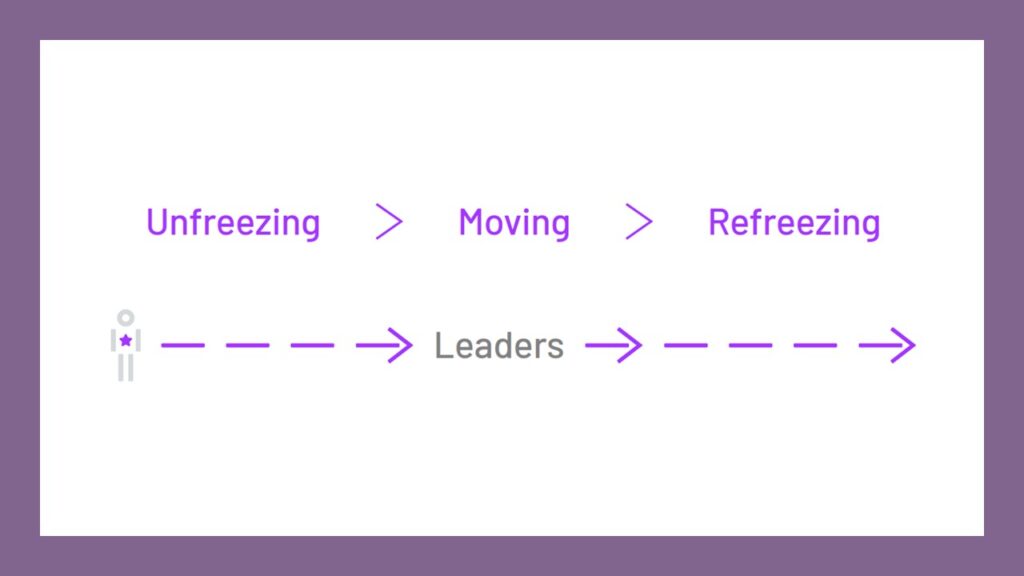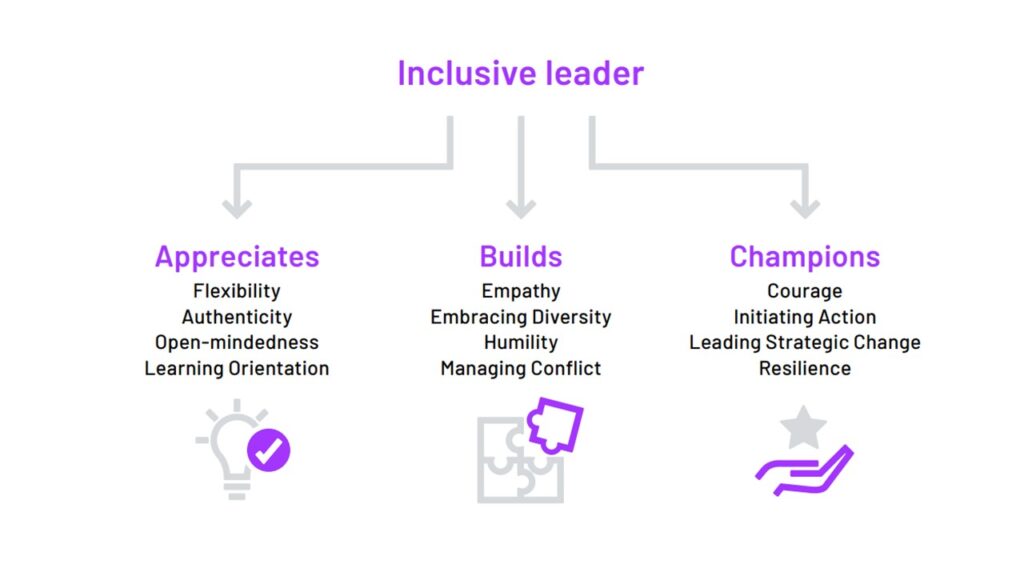The topic of Diversity and Inclusion (D&I) is increasing as an area of emphasis for many organizations. A recent study of organizational diversity leaders reports that 47% of the companies included in the S&P 500 index employ Chief Diversity
Officers within their organization and most of those were hired within the past three years.
This focus demonstrates a larger trend toward the commitment and support of equality and social justice
by organizations. While being more diverse and inclusive might be the ‘right’ thing to do, research has also shown
that diverse organizations experience far-reaching business benefits including increased profitability, productivity, creativity, innovation, employee satisfaction, and enhanced corporate reputation.
Organizations that have been successful at creating sustainable change in D&I have had strong commitment
among the company leadership We will discuss the role that leaders play in creating an inclusive culture, one that strives to create allies, or champions for diversity, as well as the leadership competencies and characteristics that contribute to inclusive behavior and climate.
Why are Leaders important to the success of D & I initiatives?
Leaders drive the organization through all three steps. They are particularly influential in the first step of ‘unfreezing’, which requires them to combat resistance to change and gain commitment to the initiative. Once employees are open to the change, leaders demonstrate the appropriate behaviors and help ‘move’ their team in the right direction through role modeling and coaching. Refreezing happens once the change has become part of routine work life. You can easily see how these steps to effective change are closely tied to the level of commitment shown by the leaders within a company. Without initial strong commitment from the top, the first step of unfreezing may not occur, and the D&I effort may never get off the ground.

What are the key competencies of inclusive leaders
Inclusive leaders are D&I allies, and this model helps organizations and their leaders understand where they
are along their journey towards allyship. With the ally framework in mind, we identified the competencies that are important within each phase of the allyship model. The competencies were identified after a thorough review of the academic literature and discussions with subject matter experts.
Appreciates diversity
Flexibility: Leaders must be able to change their behavior and adjust their thinking to demonstrate their commitment to diversity.
Authenticity: Leaders need to be able to show their true selves and sincerely believe in Diversity and Inclusion. Leaders who are not genuine will not be able to connect with employees and gain their trust.
Open-Mindedness: Demonstrating a willingness to hear new information and perspectives is critical to appreciating diversity.Strong inclusive leaders seek out differing viewpoints and take extra steps to include others and challenge
their own thinking
Learning-Orientation: Strongly related to Open-mindedness is Learning Orientation. Inclusive leaders are curious and want to learn. They are consistently collecting data and information and are not afraid to change their minds with the addition of new information.
Builds an Inclusive Environment
Empathy: Demonstrating a willingness to hear new information and perspectives is critical to appreciating diversity. Strong inclusive leaders seek out differing viewpoints and take extra steps to include others and challenge their own thinking.
Embracing Diversity: Being open-minded and flexible leads to behaviors that allow diversity to be embraced like actively including others who bring different perspectives to the table. Leaders who embrace diversity are not afraid to engage in discussion and be challenged in their thinking
Humility: Inclusive leaders need to be able to admit when they could be wrong or may have made a mistake. They cannot be tied to their beliefs or decisions and be unwilling to change them if other options are better or more effective.
Managing Conflict: With diversity can come conflict. Differing opinions could lead to challenging discussions. Leaders who are conflict avoidant are less likely to be inclusive. Inclusive leaders do not shy away from conflict and know how to effectively manage it.
Leadership is the place to start
Leaders build the foundation for Diversity and Inclusion. For any organization that endeavors to make strides in improving their climate and culture around D&I, leadership is the place to start. It’s important to understand where the organization is starting in order to chart the path to its ultimate destination. Assessing organizational leaders for the underlying Inclusive Leader competencies and establishing their level of allyship, provides a strong understanding of who is ready to support a change and who needs further development. It can also help to identify the type and kind of interventions that need to be implemented before meaningful change
can be expected.
Use Talogy’s Inclusive Leader Competency Model to identify the leaders who are prepared to help further
the organization’s D&I goals and those who are still at the start of their allyship journey. Over time and with
individual coaching and development, all your leaders could be championing diversity in every area of their
work lives. When your leaders are allies, they hold themselves accountable and they hold everyone else
accountable for being inclusive. Their efforts embed D&I concepts of fairness and inclusion throughout
the organization. With commitment and focus, your organization can reap the many benefits of D&I.
Making the inclusivity transformation is like climbing a mountain, planful and deliberate; ensure your leaders
have the right equipment for the journey by assessing their level of allyship and empowering them to improve.
Through Inclusive Leadership you can embed the D&I concepts of fairness and inclusion throughout your organization and reap the many benefits of D&I.

Source: Talogy Whitepaper Building better organizations through inclusive leadership, 2022
